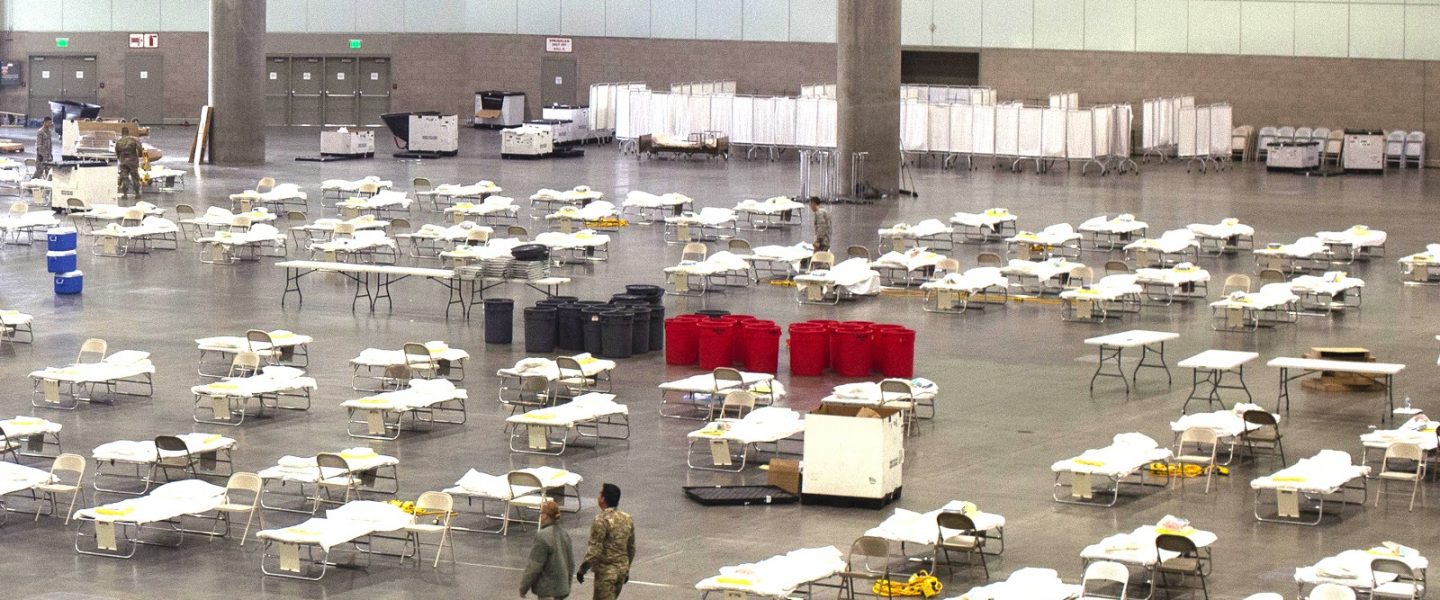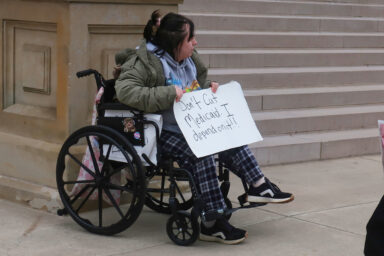The staggering number of COVID-19 cases in LA County hit a turning point as vaccine distribution ramps up, leaving many residents unemployed and without resources.
Following a deadly surge in COVID-19 cases, Los Angeles County is getting a welcomed break from a punishing death rate and strict stay at home orders.
In early January, LA County officials were reporting 15,100 new COVID-19 cases a day. Now, the county is at 653 new cases over a seven-day average. Bed availability in intensive care units also increased, from zero percent during the surge’s highest point to 24 percent as of this week. As of March 18, LA County’s death toll was 22,664, with some 200 deaths per day in late December and early January. At its worst point, the city suffered a staggering 2,000 losses due to the virus in one week alone. Thus far, one in nine LA County residents has tested positive for COVID-19, making it the only county in the US to exceed 1 million cases.
These improvements have been enough for Gov. Gavin Newsom (D) to reopen some businesses, allowing outdoor seating for bars and restaurants, and 25 percent capacity at barbershops. Newsom continues to face pressure from his critics who feel confident about the addition of a recall measure on the state’s 2021 ballot after gaining 2.1 million signatures on a petition created because of the governor’s handling of the pandemic.
Still, the city’s problems are far from over.
— Peter Kronish
Unemployment remains a major problem for Los Angeles residents, with about 11 percent of the population out of work compared with its pre-pandemic level of four percent. In response, local food banks and community centers are spearheading efforts to provide residents with much-needed food, school supplies, and hope during a time of immense financial strain. Local homeless shelters are revitalizing efforts to expand existing programs, such as Project Roomkey. The effort was funded by the Federal Emergency Management Agency in an effort to house recipients and reduce the spread of the virus among those seeking shelter.
Issues with the county’s vaccine distribution efforts also pose a challenge. After first opening on December 17, 2020, frontline and healthcare workers were the first to get the shot, with the next phase vaccinating those 65 and older.
As LA County continues to weather this storm, there may be a brief moment of relief as vaccine distribution is expanded. As of early March, teachers and essential workers, including restaurant and grocery store employees, as well as others in the service and agriculture industries, are all being vaccinated in local pharmacies, community clinics, and even the iconic Dodger Stadium.
— Rani Chor



